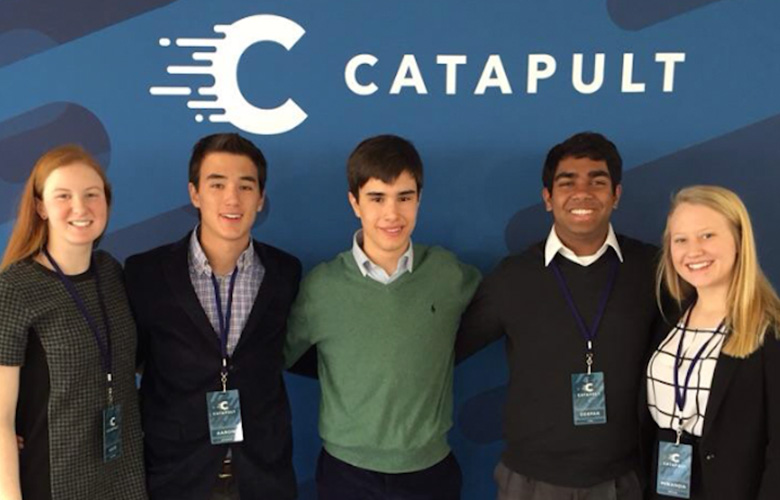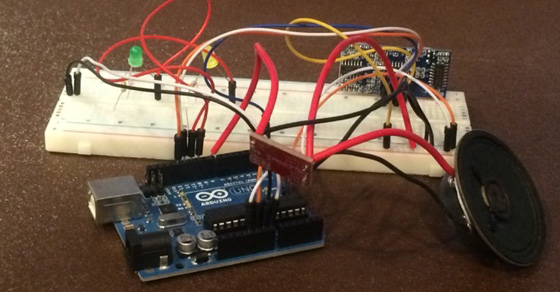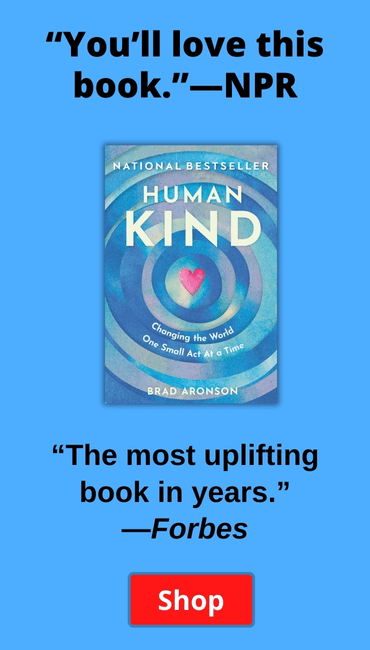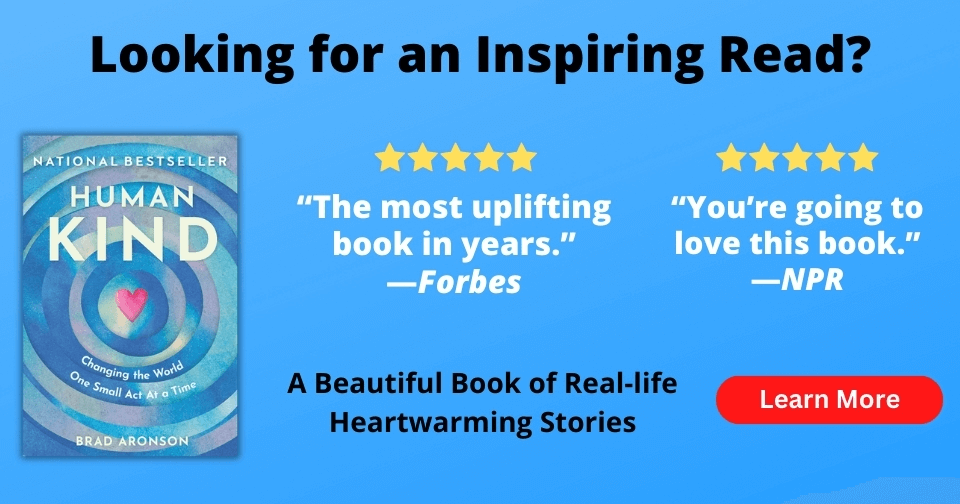
The Sensei’s team — Kate Evanko, Aaron Seidman, Stephen Campbell, Deepak Iyer and Miranda Keeler.
Stephen Campbell’s grandmother was a wheelchair user. Stephen noticed that people in wheelchairs often back their wheelchairs into things causing embarrassment and damage. Plus, if you have a back injury, backing into something can be excruciating.
Stephen asked, “If cars can have backup notification systems, why can’t wheelchairs?”
Stephen and his business partners (Miranda Keeler, Aaron Seidman, Deepak Iyer and Kate Evanko) decided to do more than just ask the question.
The high school entrepreneurs studied the problem by conducing research at University of Pennsylvania Hospital and Mt Vernon Hospital in Alexandria Virginia.
After confirming the problem was widespread and learning more about wheelchair user needs, the teenage entrepreneurs developed a prototype.

Sensei’s first prototype
It was a bit unwieldy.
So the team iterated.
The device still wasn’t up to the team’s standards.
So, they iterated some more.
Thankfully, they persevered.
Finally, Stephen (the team member with the most technical expertise and the lead in product development) developed and coded a product to test in hospitals. A product that makes the wheelchair arm rests vibrate when a wheelchair is in reverse and getting too close to an object. This alerts the wheelchair user.
The team is currently testing their product at Inova Mount Vernon Hospital in Virginia, and the product is working as planned.
“Working with the team was a real thrill for me,” said Deborah Addo, CEO of Inova Mount Vernon Hospital. “It was nice to see young people inspired to make a difference. I use them as an example quite often when I’m encouraging staff to think of creative solutions for some of the challenges our patients and families have. Our team here at Inova Mount Vernon was happy to partner with Stephen and his colleagues….”
When testing is complete, the teenage entrepreneurs plan to begin selling their device. Aaron Seidman, one of the team members, said the product should cost $11-$12 per unit to manufacture, allowing them to sell it for a reasonable price.
The company, Sensei, plans that for every unit purchased, Sensei will give one unit to a patient who can’t afford to pay.
And, in the spirit of helping, the teenage entrepreneurs are making their product’s code open source so others can use it.
The team explained that their product is actually quite simple, and they hope it will help people who use wheelchairs.
I’m sure it will.
I met Aaron from the Sensei team at the Schoolyard Ventures expo for teenage entrepreneurs.
Schoolyard Ventures provides summer and school year entrepreneurship programs for middle and high school youth. Schoolyard Ventures is currently enrolling students for their 2016 program. I’m invested in Schoolyard Ventures, and I teach one of the cohorts.
If you enjoyed this content, please consider clicking this link and liking my Facebook page. You’ll be helping me get my book published (Publishers said I need more Facebook fans). Thank you!


